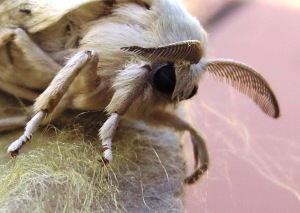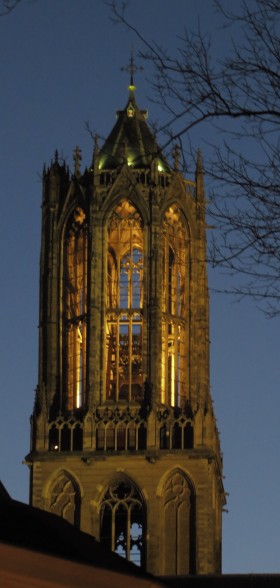“We came to South Africa from London by road,” Brenda told us today over lunch.
We gaped at her over our wine glasses.
Cigarette hanging from her mouth, she reached for her glass with her good hand – the left, and gave us the brief outline of a map that I intend to fill in with colour when I am finally sober enough to do so. (“Never end a sentence with a preposition”, Granny Olive always said. Have I just done so? I don’t know, and I don’t care.)
“Why did you do that?” I asked Brenda, “When you could have flown?”
“Well it was far more adventurous to drive,” she said.
She was twenty when she got married and this was in the ’50s I would imagine. There is a diary that she wrote for the benefit of her mother who had wanted an account of the trip that her young daughter and new son-in-law had embarked upon as their honeymoon. This I cannot wait to read.
I spend time with those who are aged and who have much in common. Much of what is in common is that which we wish was not. Bullet wounds in legs, lost sons, strokes in boots of cars from attack, murdered brothers: but it is what it is. I intended to sit at this computer and write about dogs restrained in townships, about what drives people to care for what, but here I am distracted by stories at risk of being lost in incoherent ramblings of age, and I am gripped with the richness of it all and the privilege of being witness. Perhaps it is the archivist in me; perhaps it is the teacher who longs so much for the young in us to benefit from the experience of the old. Either way, here I am in the place that I have intended to be for all of my adult life in order to make sense of all of this – write something meaningful perhaps; put something down on paper for … something … for education, entertainment, perhaps an understanding of where we came from … not sure … watch this space … or don’t.
Yesterday I woke to rain pouring out of the sky as if it was the end of the world. It came in at horizontal proportions beyond the description of it. As I ran to the kitchen I already knew I was too late, and water was gushing in under the door. As I stood at the kitchen door with broom in hand, sweeping the water out as fast as it came in, it did not occur to me to think about what was happening in iSizamaleni, just a three minute drive away from my house across the valley.
I remember worrying about the shacks built on the curve of the river in Alexander Township when I was a child, when it rained. I knew that the next day there would be calls for assistance in the form of blankets, food and clothes for those who had lost everything in rising waters. I never understood why it was that these same people re-built shacks on the very same banks of the river that they knew would flood again in the next downpour; until, that is, I grew up and learned about refugees, forced removals, displaced populations and more to the point, Apartheid. But it is really a different thing knowing about all this and being in it, or simply the left overs of it. Across the highway from where I grew up in privileged white Sandton was Alex, to which there did not seem to be a bridge, I knew about poverty and unemployment, but there was no bridge, so I did not experience it first hand. Here, now, I am in it every day. I take Julia home everyday, and I am rushing around trying to make a difference in the lives of the animals that live there too. After the rain subsided yesterday I got to worrying about the rising mud in the roads and homes that I have now been into. Julia lives with her four children in a two room home that seems the same size as my bedroom. I rattle around in a mansion with no dependents besides four dogs and a mother, while she wades through mud to get to work to feed little children, to come home to an RDP house with a door that does not fit. So who am I to criticize those that restrain their dogs on wires and feed them nothing but stale mielie meal? Why am I so angry with the woman who leans out of her home with slits for eyes and anger in her down-turned mouth? Tiny toddlers cling to her legs and skirts, naked but for a string around the waist. Why should I, in my privileged white ignorance, demand that she care better for the dogs chained in her yard? The dogs that were brought there and chained up by the same men that procreate without thought and who leave their mothers and grandmothers to bear the brunt of their left-overs. Could these be the left-overs of Apartheid? After twenty years? Who am I to provide these answers?
Suffice to say that I have no answers, but I have witnessed suffering and I have witnessed the endurance of suffering, and I continue to do so every day. It may be in a township where I want to beat the living daylights out of a man who tells me that ‘the dogs don’t like the food you brought them’ when his dogs are starving and I know he has sold the food given to him for drink money; it may be Brenda who clasps her crippled hand to her side after an attack left her disabled; it might be the hunting dog with gentle eyes who I desperately want to take home with me but who I know is loved by the boy Collin despite not being able to feed either himself or his dog; it might be my mother; it might be you; it might even be me.
I don’t know why I am here. I don’t know what I am writing about at this moment. Right now I don’t know anything except that I am very upset about a parrot that an old man brought into the vet this morning, dead, its head dangling down over worn and aged hands, tears pouring down his face, asking for answers. I have never seen such a big and beautiful parrot, but I have seen grief.





Comments